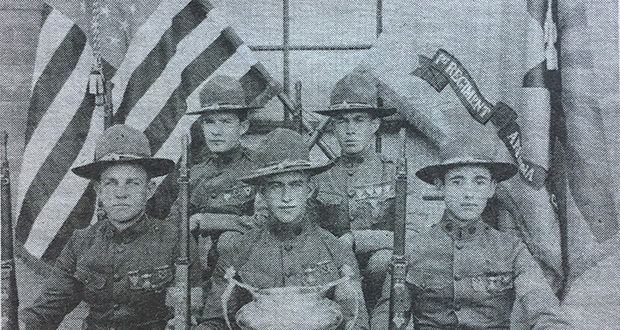Plunging into Glen Canyon Dam
Arizona Capitol Reports Staff//January 2, 2009//[read_meter]
Smoke billows from the slightly tardy blast commemorating the beginning of the construction of Glen Canyon Dam. As early as 1916, noises were made about building a dam at Glen...
No tags for this post.

















